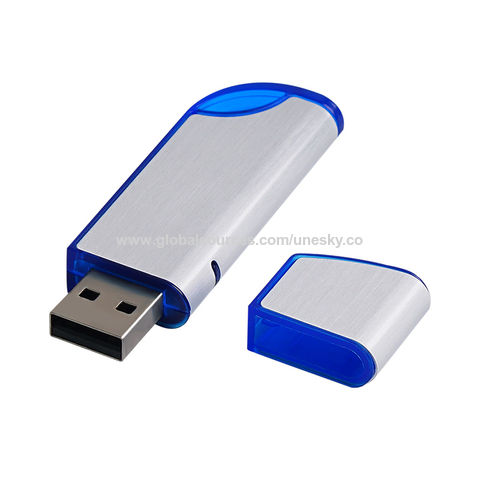

What Is a USB Flash Drive?Ī USB (Universal Serial Bus) flash drive is a plug-and-play portable storage device that uses flash memory and is small and lightweight, easily able to be attached to a keychain.
.jpg)
Our guide below includes lots more information about USB drives to help guide your purchasing decision. When looking to buy individual and bulk flash drives, there are a few things worth spending time to consider so you can get the most out of your purchases. These drives have enjoyed popularity because of their robust build quality and wide usage application.įlash drives have become so handy and ubiquitous that many keep them on their keychains or in their backpacks, purses and wallets. Programs such as H2testw can help in determining the amount of actual storage on a USB stick and is an option to help determine whether or not the device is working as expected, as well as whether or not it is fake.USB flash drives emerged in 2000 as a new breed of storage device. People should always purchase their branded USB sticks from a trusted seller such as USB2U to ensure that goods received are genuine. It’s important that customers are made aware that these scams do exist, and can cause real issues for both individuals and businesses who rely on sharing information through USBs. Many products are advertised as having a higher storage capacity than they actually do, in many circumstances a 4GB USB stick may turn out to have only a 1GB hard drive capacity. Another widespread issue is the number of fake USBs on the market currently which are sold by third-party vendors. Firmware issues can mean the device will show less available storage or may corrupt the whole stick entirely and it should be replaced by the seller. outside of a reasonable range of loss then there may be an issue with the USB itself. If storage capacity is lower than expected i.e. What to do if the actual USB storage capacity is a lot lower than expected?

If the data you are wishing to load onto a memory stick, for example, is 1.9GB it would probably be worth going for a 4GB USB flash drive rather than a 2GB to ensure all the data can be copied across successfully with no problems. It is important that people know about this issue in order to ensure that they are purchasing the correct sized USB to suit their needs.

The actual memory size of your USB flash drive is always marginally less than advertised regardless of the overall storage of the device.īelow is a chart which details the actual storage you get when using a USB stick as well as the overall loss you can expect to see.Ĭustomers should be aware that these are only approximations and in reality, the amount of storage space may be slightly more or less depending on the device you are using. This, unfortunately, is a scalable loss as well, so the more memory size on a USB the more storage you will likely lose. The actual storage loss on a USB device is roughly 7% of the overall memory size, so for a 32GB device you can expect a loss of around 2GB. What is the actual storage loss on a USB stick While this is barely noticeable on flash drives with low memory, those with much higher storage capacity see an increase in the discrepancy between the actual storage space and what is advertised. 1 Gigabyte (GB) = 1,024 Megabytes or 1,073,741,824 Bytesīecause these numbers are not necessarily pretty to look at, manufacturers decide to rate most flash drive capacities on standard base 10 numbers so as per the above where 1 Mb = 1,000Kb or 1,000,000 Bytes, this means that for each 1Mb of data there is essentially 24Kb or 48,576 Bytes that is not accounted for.
PROMOTIONAL 256 MB FLASH DRIVES VISTAPRINT CODE
While we would perceive 1 kilobyte of data is equal to 1000 bytes this isn’t exactly accurate due to the way in which data is stored using binary code on a computer (think 1 and 0’s), which means that 1 kilobyte is actually equal to 1024 bytes so not a rounded amount as we would assume. The storage loss is down primarily to the way in which a computer naturally reads data and how manufacturers choose to advertise storage capacities. Where does the loss of storage space occur? This is something our customers question us about quite frequently, as for many a 32GB USB should be just that, 32GB in storage space. While this is the case, when you insert a USB stick into a computer you’ll often find that the storage space you actually have on the device doesn’t quite match up to what was originally advertised. If you have ever come across a USB flash drive before, you will probably have noticed that they are often advertised by a set memory size which usually ranges anywhere from 128MB – 256 GB.


 0 kommentar(er)
0 kommentar(er)
